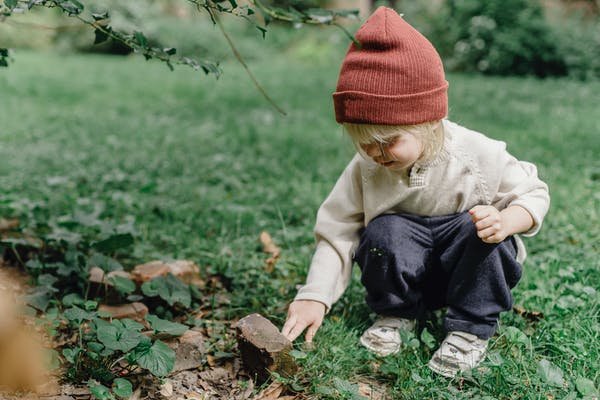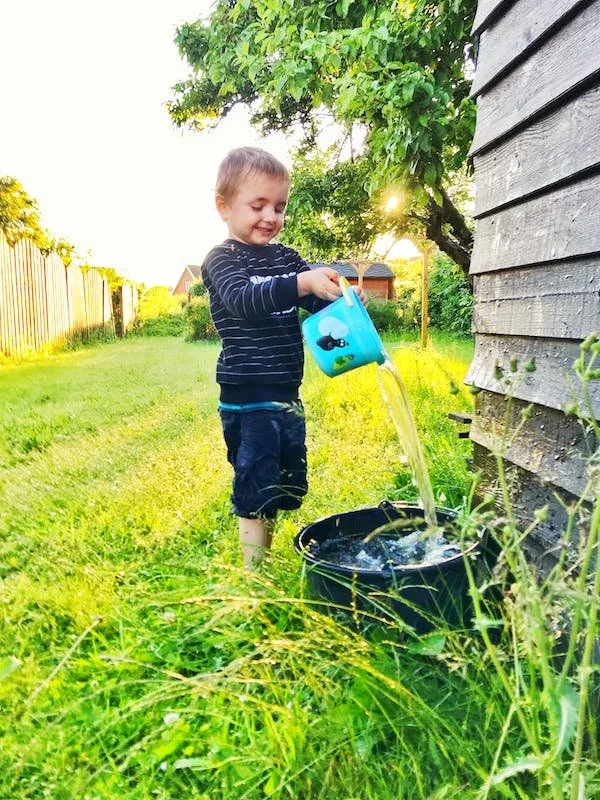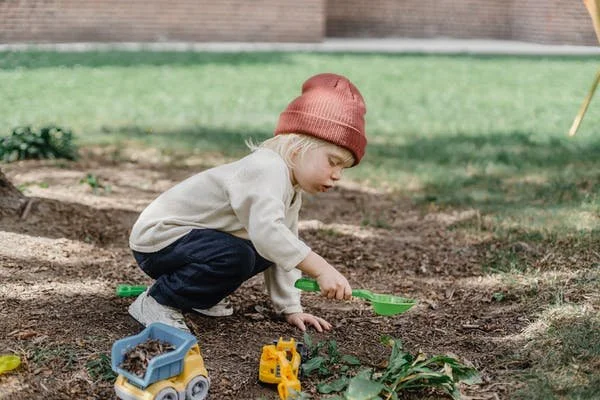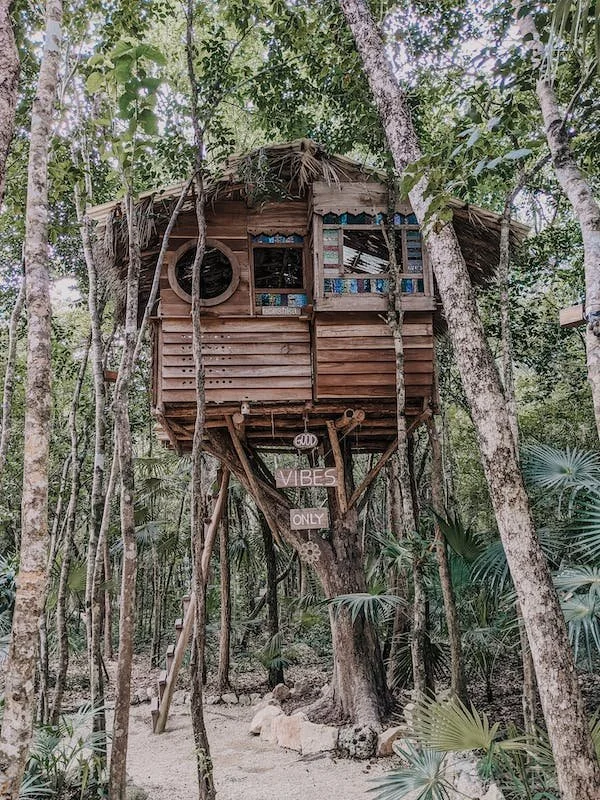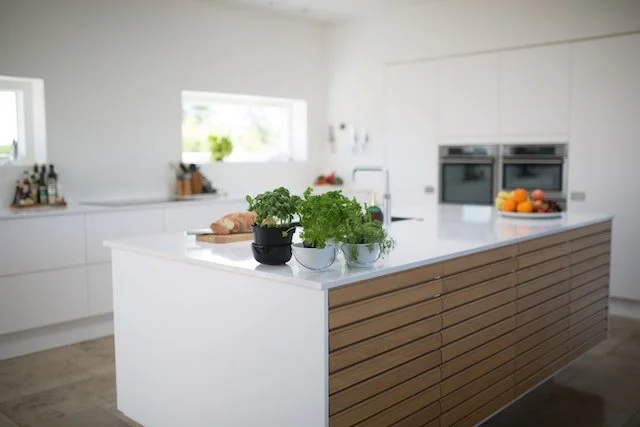Useful Tips To Know Before Renovating Your Garden
RH Business Marketing Solutions
If you're planning on renovating your garden, there are a few things you should keep in mind to ensure the process goes smoothly. It's important to have a clear vision of what you want your garden to look like before you start making any changes, as this will help you avoid costly mistakes. Here are some useful tips to know before renovating your garden.
1. It's important to keep out pests and small animals
Be sure to cover any exposed food and put away any tools or equipment that could be used as a hiding place for pests. Additionally, consider using pest control products to keep your garden free of pests. By placing a stainless steel wire mesh around the perimeter of your garden, you can keep out rabbits, moles, and other small animals that might dig up your plants. It's also important to remove any sources of water that could attract pests, such as standing water or puddles. Also, be sure to clean up any fallen leaves or debris, as these can provide food and shelter for pests.
2. Choose the right plants for your garden
When selecting plants for your garden, it's important to consider the climate and soil type in your area. You'll also want to choose plants that are appropriate for the amount of sun or shade your garden receives. Be sure to research each plant before you add it to your garden to ensure it will thrive in your specific conditions. Also, consider adding native plants to your garden, as these are typically easier to care for and require less maintenance. While it's important to choose the right plants, don't be afraid to experiment with new varieties to find what works best for you.
3. Add some mulch to your garden
Mulch is a great way to add nutrients to your soil and help protect your plants. It can also help prevent weeds from taking over your garden. Be sure to choose the right type of mulch for your plants, as some varieties can be harmful if used incorrectly. Also, make sure to apply a layer of mulch that's at least two inches thick. If you're using organic mulch, such as wood chips or straw, you'll need to reapply it every few months. It's also important to keep mulch away from the base of your plants, as it can cause them to rot.
4. Water your plants regularly
Water is essential for the health of your plants, so be sure to water them regularly. Depending on the type of plants you have, you'll need to water them more or less frequently. Be sure to check the soil before watering to make sure it's not too wet or dry. Additionally, consider using a drip irrigation system to help conserve water and reduce your water bill. If you're using a hose to water your plants, be sure to use a nozzle to avoid wasting water. It's also a good idea to water your plants in the morning so they have time to dry off before nightfall.
5. Fertilize your plants
Fertilizers can help your plants grow strong and healthy. Be sure to choose a fertilizer that's appropriate for the type of plants you're growing. Also, follow the directions on the fertilizer package carefully to avoid over or under-fertilizing your plants. Generally, it's best to fertilize your plants every few weeks during the growing season. This will vary depending on the type of fertilizer you're using, so be sure to read the instructions carefully. It's also important to avoid using too much fertilizer, as this can harm your plants.
6. Prune your plants
Pruning is an important part of plant maintenance. By pruning your plants, you can encourage new growth, remove diseased or damaged leaves, and improve the overall appearance of your plants. Be sure to research the proper pruning techniques for the type of plant you're working with. You'll also want to avoid pruning during the hottest part of the day, as this can damage the plant. Also, be sure to sterilize your pruning tools before and after use to avoid spreading the disease. If you're not sure how to prune your plants, consider hiring a professional.
Renovating your garden can be a great way to add value to your home and improve your curb appeal. However, it's important to do your research before you get started. It's also a good idea to consult with a professional to get the most from your garden renovation. By following these tips, you can ensure that your garden is beautiful and functional for years to come.













